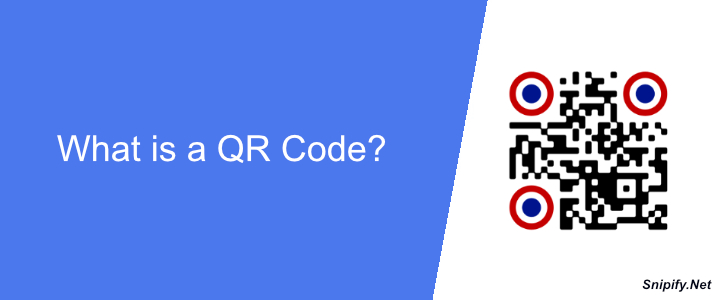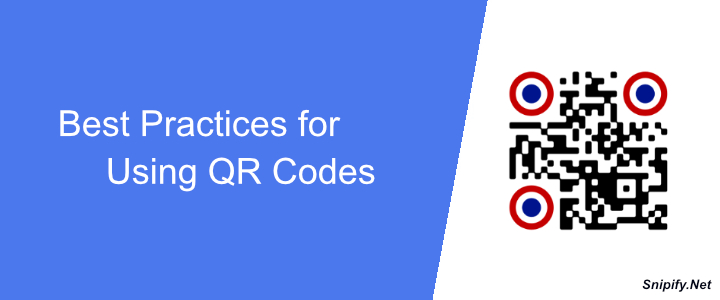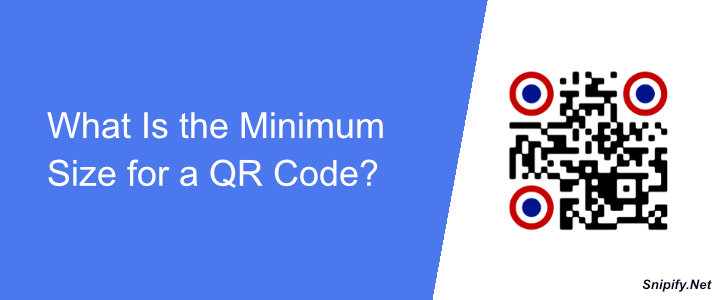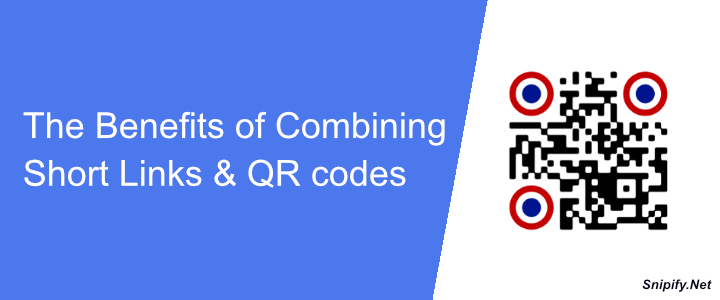
A QR code, standing for Quick Response code, is a two-dimensional barcode that acts like a bridge between the physical and digital world. Imagine a small, square image packed with black and white squares and dots arranged in a specific pattern.
Here's what makes QR codes special:
- Information Storage: They can store various types of data, including:
- Website URLs: Scanning the code takes you directly to the webpage.
- Contact details: Share your name, phone number, email, and other information.
- Plain text: Share messages, instructions, or any text-based content.
- Location data: Pinpoint a specific location on a map.
- Easy Access: Anyone with a smartphone camera app or a dedicated QR code reader app can scan the code and instantly access the encoded information. No need for manual typing or lengthy URLs.
- Offline Sharing: Unlike traditional links, QR codes printed on physical objects like flyers, business cards, or packaging work even without an internet connection (except for website links).
Benefits of using QR codes:
QR codes offer a variety of benefits, making them a versatile tool for both personal and professional use. Here are some of the key advantages:
- Convenience and ease of use:
QR codes can be scanned quickly and easily using most smartphones, eliminating the need to manually type in lengthy URLs or contact information. This is particularly beneficial when dealing with complex information or limited space. - Increased engagement:
QR codes can bridge the gap between physical and digital experiences. They can be used on printed materials like brochures, business cards, or packaging to direct users to websites, social media pages, videos, or other online content, fostering greater engagement. - Enhanced accessibility:
QR codes can improve accessibility for users who might have difficulty typing or remembering long URLs. They can also be used to provide information in multiple languages, catering to a wider audience. - Data storage capacity:
QR codes can encode a surprising amount of data, including text, URLs, contact details, and even small images. This makes them suitable for various applications, from sharing business cards to product information. - Cost-effectiveness:
Implementing QR codes is relatively inexpensive, requiring minimal investment in terms of creation and printing. This makes them an attractive option for businesses and individuals looking to expand their reach without breaking the bank. - Offline functionality:
QR codes themselves don't require an internet connection to function. Once a user scans the code, they can access the encoded information even if they are offline, providing a layer of convenience and reliability. - Trackability:
QR codes can be embedded with tracking features, allowing businesses to monitor user engagement and gain valuable insights into how their codes are being used. This data can be used to improve marketing campaigns and optimize future QR code implementations.
Overall, QR codes offer a practical and versatile solution for bridging the gap between the physical and digital world. Their convenience, affordability, and ability to store and share information make them a valuable tool for various personal and professional applications.
Common uses of QR codes:
QR codes offer marketers a bridge between physical and digital experiences, making them a popular tool for various campaigns. Here are some common uses of QR codes in marketing:
- Sharing website links:
QR codes are commonly found on business cards, flyers, and advertisements, directing users to the company website. - Boosting social media engagement:
Encourage users to follow or connect on social media platforms by linking QR codes directly to relevant profiles. - Trackable marketing:
QR codes can be used in marketing campaigns to track user engagement. For example, a QR code on a billboard can track how many people scanned it to learn more about a product or service. - Driving traffic to websites or landing pages:
QR codes placed on physical marketing materials like brochures, posters, or packaging can lead customers directly to a social media profiles, brand's website or a specific landing page with promotions, product details, or other relevant information. - Tracking and measuring campaign performance:
QR codes with embedded tracking features can provide valuable insights into how many people scanned the code, where they came from, and what actions they took afterward, allowing marketers to adjust strategies accordingly. - Creating interactive experiences:
QR codes can trigger augmented reality features, gamify marketing campaigns, or unlock hidden content, leaving a lasting impression and increasing engagement.
These are just a few examples, and marketers continue to explore innovative ways to leverage QR codes to reach their target audience, enhance engagement, and achieve their marketing goals.
Overall, QR codes are a powerful tool offering a convenient and versatile way to share information and bridge the gap between the physical and digital world.




